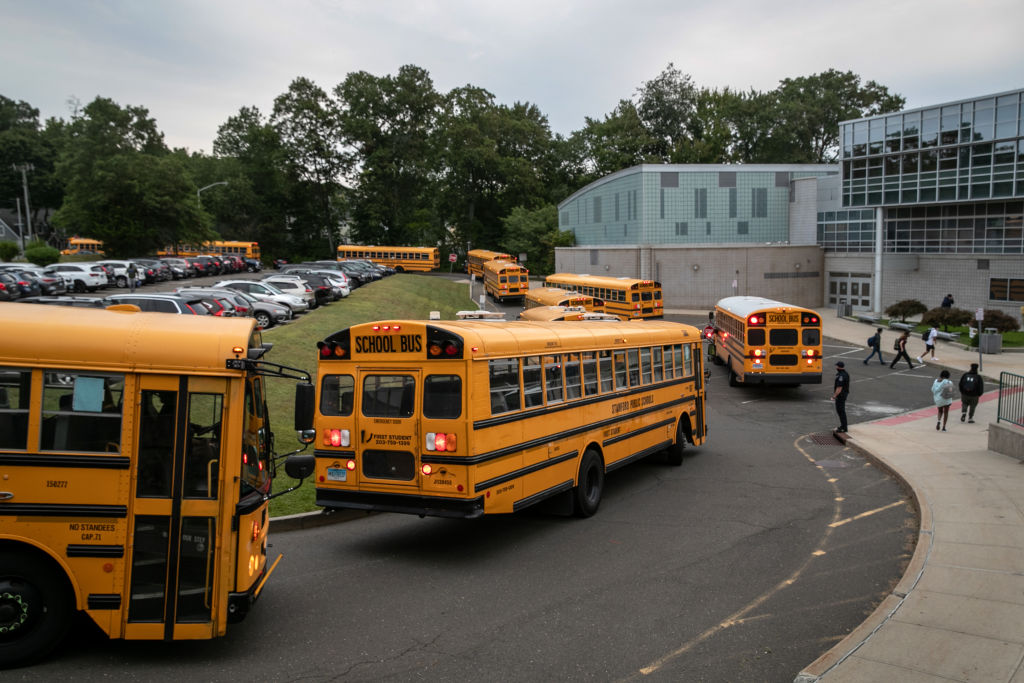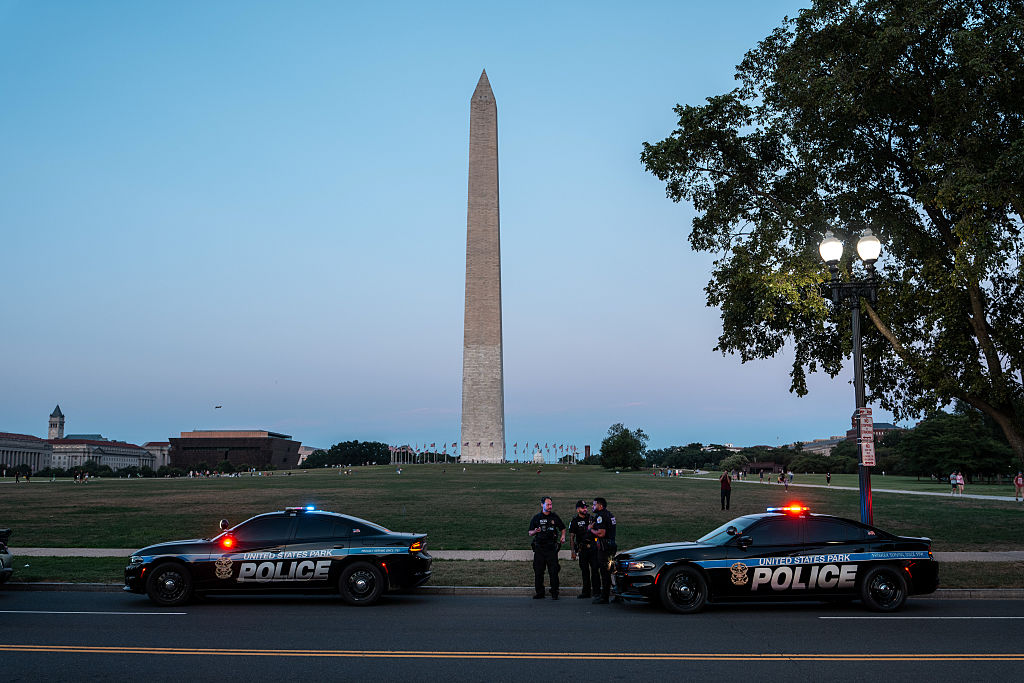‘Land of the flee’, screamed the New York Post front page last month. Moving vans are lining up in Manhattan. Residents have had enough. It had been ‘another bloody weekend in Gotham’, with 21 people shot and a rising wave of non-gun violence. At 11 a.m. one Saturday in late August, a man leapt on top of a young woman standing on a subway platform in Midtown and began grinding against her until a group of bystanders forced him to stop. You can watch the whole thing on video and decide never to take public transport again.
Living in New York has always felt like walking a very narrow beam. The chasms on either side are the thrill of it. They create extremes of excitement, anxiety, achievement and despair. But many people are now deciding: to hell with the city that never sleeps. For a solid eight hours of rest uninterrupted by thoughts of the virus, nosebleed property prices, crowded subways, faltering public schools, socially grotesque private ones and the mentally ill defecating on your doorstep, the suburbs give you a better shot.
Demand for housing in the suburbs has exploded. Real-estate agents are reporting bidding wars and cash offers on even the most humdrum properties, provided they have space for a home office and access to a reasonable school system. As home sales in Manhattan fall by half, they are doubling in the ’burbs. All those families who once said they could never leave the gritty life of New York City now want nothing more than a two-car garage and a basketball hoop in the driveway.
In the 1950s and 1960s, they called this phenomenon ‘white flight’. As more black people moved into America’s major cities, white people ran for the suburbs. The cause of today’s fracture is not quite so simple. The bolters these days are more bound by class, affluence and their experience of the pandemic. But after a summer of protests about the treatment of black people by the police and a rise in crime, race is not irrelevant.
Many of the liberal progressives who voted for Mayor Bill de Blasio are now horrified by his handling of the pandemic and the rejiggering of the economic and social order. They think it’s going to be the 1970s all over again, with the city facing bankruptcy, fires in the Bronx and the Son of Sam butchering lovers in their cars.
It is hard to know yet whether they are right. The city’s finances are a shambles. The hard left wants to raise taxes on the very rich, ignoring the fact that the very rich can simply leave or consult their accountants for evasion tactics. The official unemployment rate is around 20 percent, but the real rate is reported to be closer to 33 percent. De Blasio has no obvious plan to fix any of it. Yet it also feels like the city is crawling back to life. Outdoor dining is busy. Offices are filling back up. People who want to be in the city are simply deciding to live with all the viral strangeness.
We bought a house two hours north of New York, in Litchfield County, Connecticut when our sons were young. Even 12 years ago, we thought the country might be a better place for them to grow up. For most of those years, New York boomed and the country seemed a very sedate choice. But since March, we have been under siege. Our street has blossomed with ‘for sale’ signs, and cars with yellow New York license plates prowl around looking for deals. We’ll be driving down a quiet country road, and all of a sudden, there are the new arrivals from the city, meandering naively as if they were walking the Central Park bridle path, pushing $1,000 strollers or dragging some tiny urban dog that’s yowling at the birds.
The local Montessori school, which both of our sons attended, struggled for years with dwindling enrollment. But this school year, it will reopen with dozens of new children and something it had never dreamed of: a waiting list. We chose the school because it seemed sweet and thoughtful after the frothy-mouthed fight club that is New York early learning. We liked the peace table in every classroom, where children were encouraged to resolve their differences without noogies or nurples. We liked the loom in the upper elementary classroom and the desultory interest in organized sports.
The new parents are said to be gagging to send their children somewhere, anywhere, as long as they don’t have to supervise a minute more of remote learning. Compulsory Mandarin classes, I fear, won’t be far behind.
The tradesmen have never been busier, sprucing up houses to New York tastes. White everything, I’m told, from ceiling trim to rugs. Everyone wants the feeling of space and calm.
But what happens when the virus hysteria passes? Will all these sudden enthusiasts for suburban homes and country living stick around? My hunch is that they will scurry back as quickly as they came. Summers up here are glorious. Winters are long. And New Yorkers have no patience, especially when bonus season comes around and they find that their colleagues who chose to go back to the office are getting more. Suddenly the pleasures of birdsong, remote work and cheaper schooling will fade, and all they’ll want is some water-cooler conversation and a martini after work.
Until six years ago, there used to be bar cars on the Metro-North railways which ferry commuters from the New York and Connecticut suburbs into Manhattan. They were so ratty by the end, the upholstery soaked with cheap beer, they had to be decommissioned. But for years, they were a place for grown men and women to ponder the evolution of their lives — the setting for stories of thwarted ambition and love, cheery and not-so-cheery resignation in the face of life’s demands.
If any of the billionaires currently firing up their jets for Palm Beach or Wyoming, wherever the taxes are lowest, want to splurge on a parting gift to New York, I suggest a few new bar cars. There will be plenty of people needing them when New York recovers and they realize what they have done.
This article is in The Spectator’s October 2020 US edition.

























